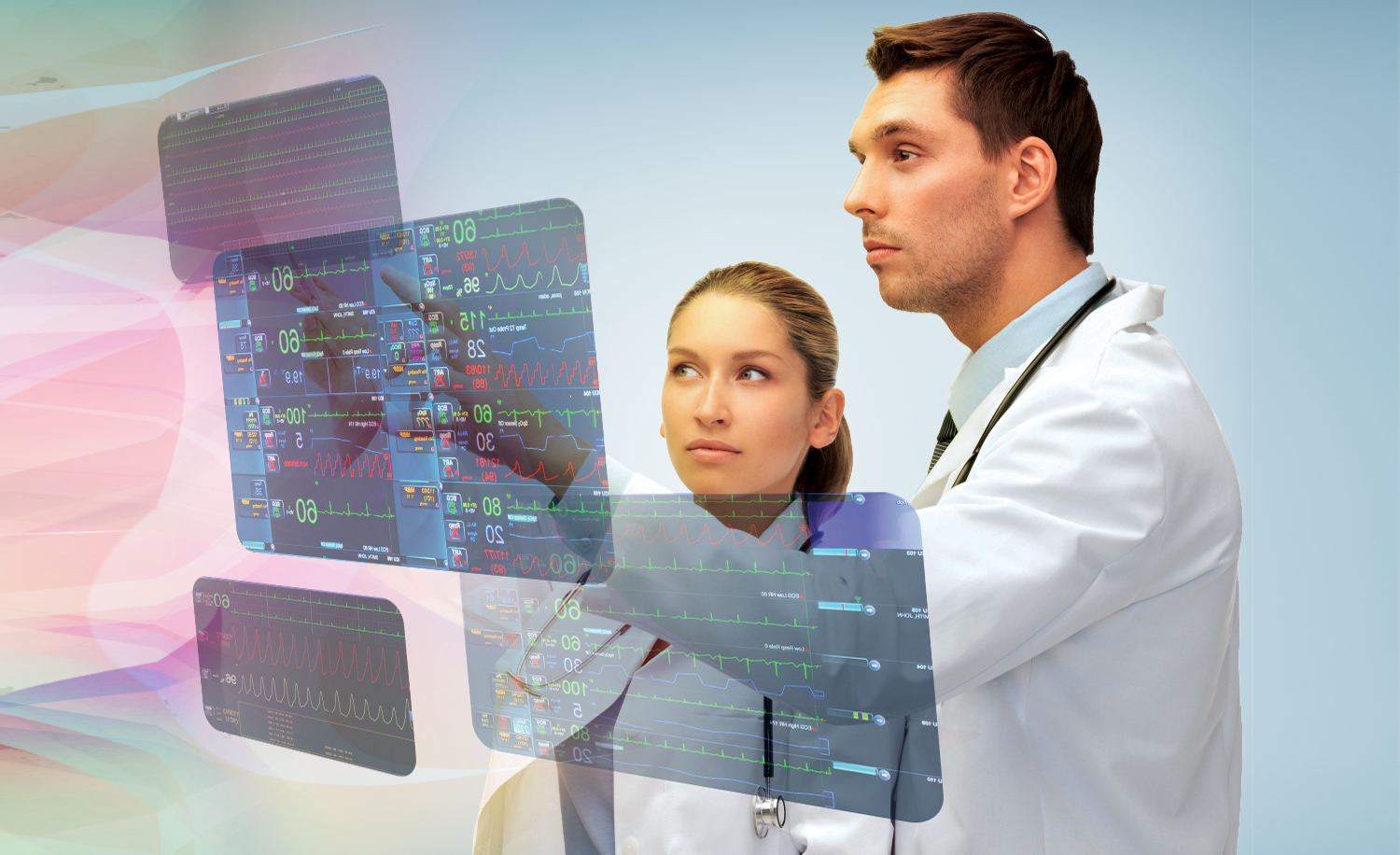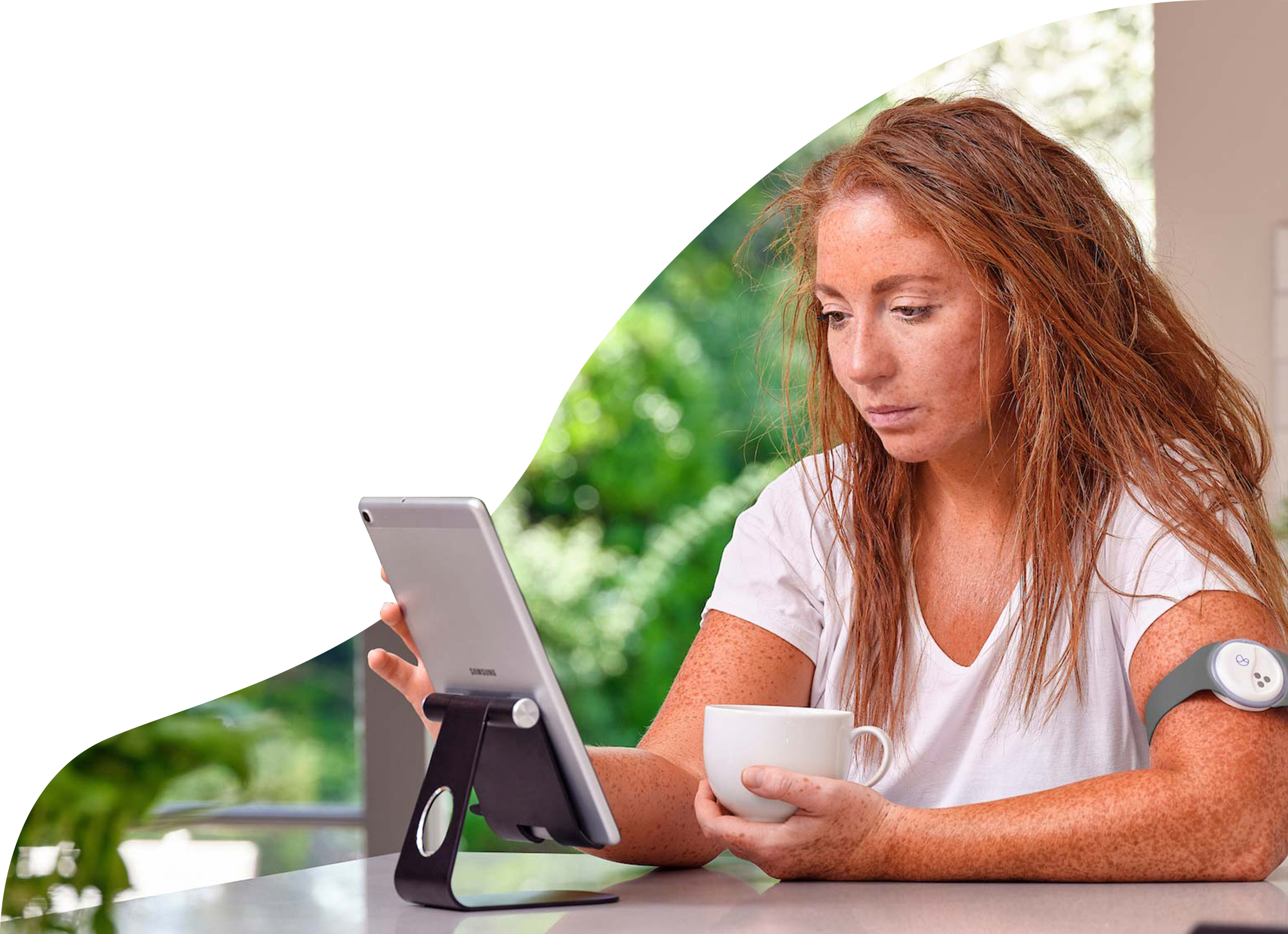With a global pandemic at the height of its powers, most people are now seeing the need for healthcare advancement. Especially since COVID-19 is rampaging the world, there has been a need for tech advancement in the sector.
One medical tech idea that is circulating is RPM. The remote patient monitoring system’s main idea is to provide healthcare workers with monitoring and recommendations of health protocols.
To learn more about how remote patient monitoring works, you definitely should read on. Info on the process that is used to help the monitoring process works and the digital process it uses to relay the information can also be found below.

Remote Patient Monitoring
When it comes to remote patient monitoring, it deals away with the idea of traditional format or relaying medical reports. See, when a patient is sick in one location and another location wants to get the info on the patient data they use remote patient monitoring.
The data relayed can be anything on the patient. For example, today with COVID-19, there was a need to know what is happening to patients across the globe.
Practitioners needed and used the system to get info to others across the world as to what was working and what wasn’t. The data was based on various clinical and vital sign assessments done on the patients.
Why Data Is Transferred and How RPM Works
There is a lot of data that is used to diagnose a patient and when it comes to the treatment, the data is equally as important. So, the type of data that is relayed using remote patient monitoring can be a wide range.
For example, some of the information collected includes vital signs, blood pressure among others. Now, these data aren’t only relayed with the aim to see what’s working in a different part of the world and what isn’t.
In most countries (underdeveloped ones), the doctor will have to make the trip. But, with remote patient monitoring, they can be diagnosed and even treated virtually. The idea is to have the doctor, in this case, have access to all vital information and relay a treatment plan.
With phones, the doctor on the other side doesn’t get up to date of what’s going on. The data is passed on in real-time hence can help with the efficiency of the care being offered.
Why Remote Patient Monitoring Is Crucial to Healthcare

Another thing you need to look at when it comes to remote patient monitoring is that it can help reduce admissions. For example, if this was a fully implemented idea during the pandemic, some patients would have been monitored from home.
Some patients have been using the system for quite some time and have worked well for them. Older patients who have long-term conditions have used the process for quite a while now. The data that is taken from the system is relayed to the health providers and this can help their treatment plan.
It also reduces the need for them to be admitted for follow up in most scenarios. The data that is taken from remote patients is transmitted to the healthcare givers in facilities that can handle their cases.
And, that information can be acted upon early enough. Another thing that remote patient monitoring can help with is to reduce the stay in the hospital when the need for admission arises.
Conclusion
Remote patient monitoring is a system that can monitor patients wherever they are. It also gives the doctors a chance to see what’s happening to patients across the world in real-time.










